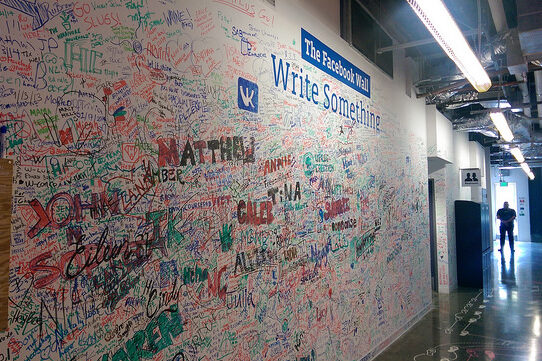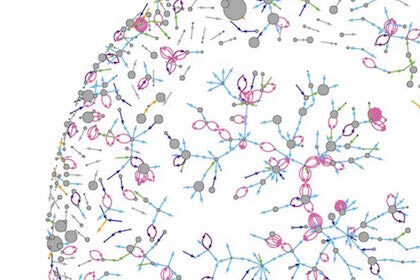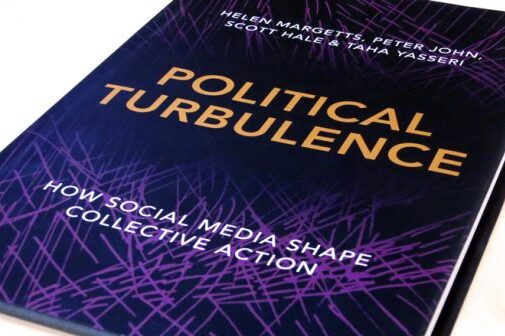Blog title
News
- Articles from Policy & Internet
- Books
- Call for Papers
- Child Safety
- Collective Action
- Conferences
- Democracy
- Development
- Economics
- Education
- Environment
- Ethics
- Governance & Security
- Health
- Interviews
- Mapping
- Methods
- Policy
- Politics & Government
- Publications
- Social Data Science
- Submissions Closed
- Tools
- Video
- Wellbeing
-

The blockchain paradox: Why distributed ledger technologies may do little to transform the economy
Applying elementary institutional economics to examine what blockchain technologies really do in terms of economic…
-

Is internet gaming as addictive as gambling? (no, suggests a new study)
New research suggests that very few of those who play internet-based video games have symptoms…
-
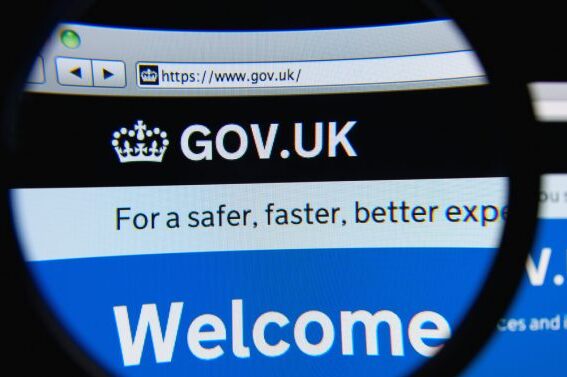
Back to the bad old days, as civil service infighting threatens UK’s only hope for digital government
The Government Digital Service (GDS) isn’t perfect, but to erase the progress it has put…
-
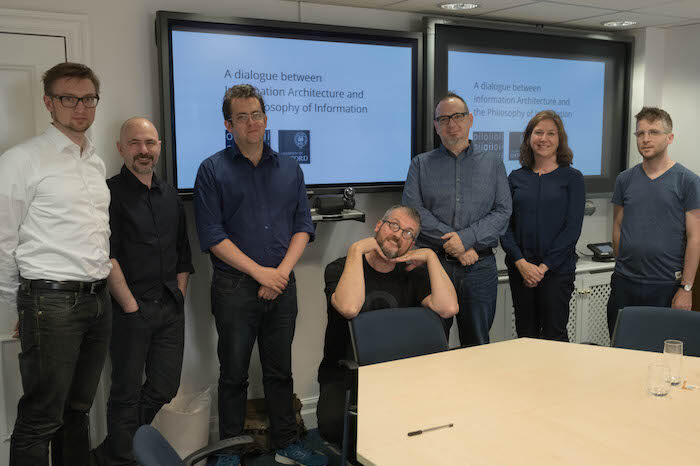
Information Architecture meets the Philosophy of Information
Advancing the practical and theoretical basis for how we conceptualise and shape the infosphere.
